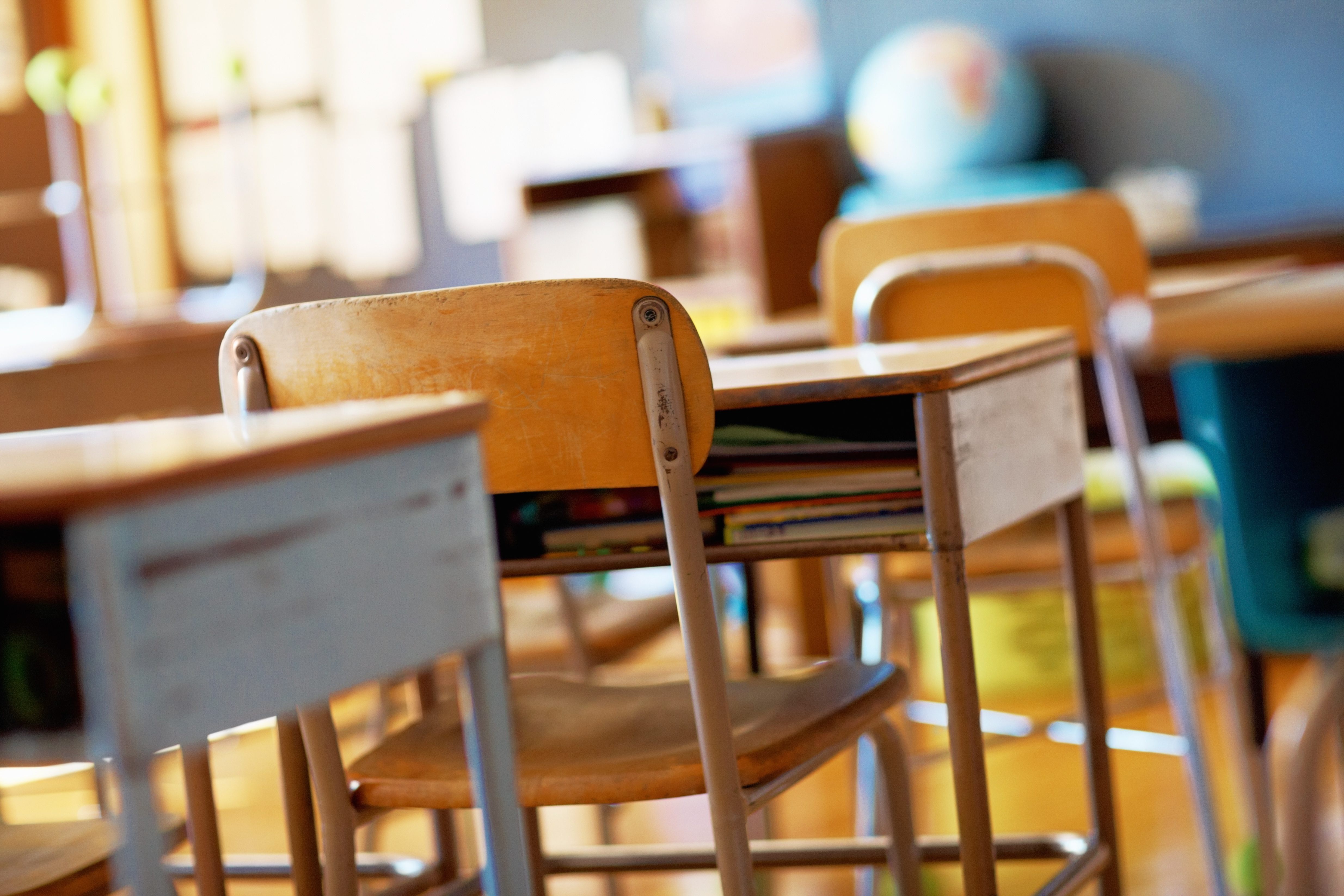Racism and Public Health: Education
It’s a safe assumption that most people can acknowledge the importance of education as it pertains to near every facet of our lives. Education is critical to our meritocratic concept of the American dream and social mobility, the continued facilitation of our democratic goals, and to producing innovative and exceptional talent.
When considering how racism and education might interact, a common starting place is typically Brown v. Board of Education which declared the “separate but equal” standard unconstitutional. However, separate and unequal has remained the tradition for American public schools.
Today, these schools are just as or more segregated than they were in the 1960s. The Economic Policy Institute even finds that Black children are five times more likely to attend highly segregated schools than white children. Or as Brookings details, two-thirds of minority students still attend schools that are predominantly comprised of minority students.

Let us discuss how housing and education are tied to one another. We understand now that specific government action paired with interpersonal violence was used to segregate this nation. If our nation denied emancipated slaves an economic basis, specifically designated portions of our cities for minorities, industrialized those areas in a purposeful attempt to craft poorer living conditions, barred equal entry to the labor force, and met Black success with violence – it should serve as no surprise that those neighborhoods remain in comparable conditions today.
In most states, not even the highest-achieving Black and Hispanic students get access to algebra in the eighth grade, although it is more commonplace for their white peers.
Kati Haycock, president of the Education Trust

Interested in advocating for education in St. Petersburg? Join our Education Team!
The legacy of such practices continues to be felt in education due, in large part, to the fact that schools are funded by property and locally raised taxes. The condition of neighborhoods, and thus the implementation of deliberate impoverishment, have a direct impact on the schools associated with a given neighborhood. Today, predominantly white school districts receive $23 billion more per year than their non-white counterparts. Thus, not only was a specific campaign led to the erosion of the general quality of minority communities but specifically, the education afforded to their residents.
The crippling nature of this underfunding impacts a number of measures essential to academic success. These schools tend to have minimal instructional resources; fewer high-quality books, scanty labs and computers, larger classes, and incomplete curriculums. Kati Haycock, president of the Education Trust, noted that when you analyze higher-level math class enrollment, “In most states, not even the highest-achieving black and Hispanic students get access to algebra in the eighth grade, although it’s more commonplace for their white peers.”
Schools with denser populations of minority students have also consistently been found employing underqualified teachers with less education, less training, less experience, and are less likely to be certified. A relevant study found that students who spent three years in a row with an ineffective teacher, whom minority students are twice as likely to be assigned to, score approximately 50 percentile points lower on academic assessments.
The research that served as the basis for the Brown v. Board of Education decision laid bare the ever-present bias within our systems which consistently reproduce an association between blackness and various negative traits. This remains in effect today as we see that Black children are disproportionately punished within schools. As early as preschool, Black children are more likely to be suspended than their white counterparts, representing 18% of the preschool population but near half of the suspensions. Further on in their schooling, Black children are expelled from school at a rate three times that of their white peers.
As police presence in schools becomes more prevalent, research is ultimately found to be inconclusive as to whether their presence has any impact on school safety, but they are associated with an increase in disciplinary action and arrests. Despite Black students representing approximately 15% of overall enrollment in the 2013-14 school year, they made up about one-third of in-school arrests. Black students consistently face these consequences at greater rates even when they’ve enacted the same or less serious actions than white students.
Despite Black students representing approximately 15% of overall enrollment in the 2013-14 school year, they made up about one-third of in-school arrests.
Education Week
The prevalence of comprehensive sex education amongst America’s public schools represents a crisis in and of itself. These programs are essential for crafting well-rounded conceptions of both consent and self-worth, in addition to equipping young people with the understanding necessary to avoid the harms and stigma of STIs, STDs, and unwanted pregnancies. The puritanical standards of sex ed in America have resulted in readily apparent harm inflicted, particularly on communities of color. One study found that STI rates for Black people were at least four times higher than that of white people. Pinellas County presents a particularly pressing epidemic regarding HIV and AIDS with the rate being 7.8 times higher for Black residents than white. Further, the general county rates have decreased since 2011-13, but this disproportionate ratio has increased.
K-12 public schools have the opportunity to incorporate practical lesson planning revolving around food consumption. This is yet another area where schools are failing children in general, but paired with the lack of food security within minority communities this presents yet another for health equity. We will discuss the specific barriers to accessibility for food later on. This includes what they can do and how this will change things.
Want to learn more about food insecurity and the food policy? Join our Food Politics team!
There is much work to do when it comes to addressing education as a social determinant of health–specifically when we focus on the racial disparities created by the education system.
